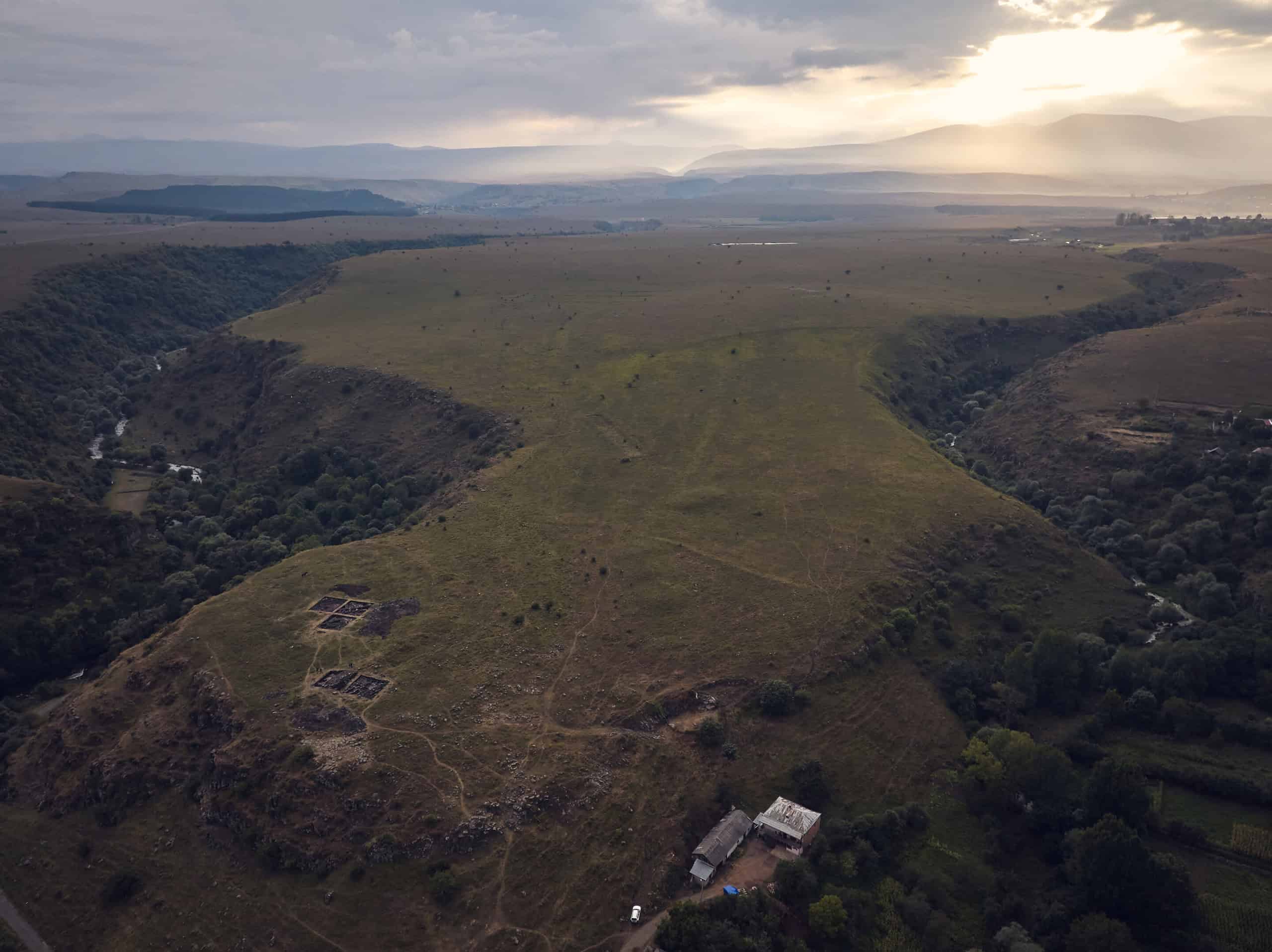An analysis of 25 years of humpback whale data has found that only 7% of males successfully fathered offspring.
The study focused on a population on a breeding ground off the coast of New Caledonia in the South Pacific.
Humpback whales (Megaptera novaeangliae) in Oceania and throughout the Southern Hemisphere were devastated by intensive commercial and illegal whaling that persisted into the 20th century.
While many populations have recovered substantially, humpback numbers in Oceania remain low compared to estimated historical numbers. Understanding patterns of reproductive success in these small, exploited populations is crucial for their conservation and sustainable management.
Scientists analysed photographs and genetic data from skin samples collected on field surveys during the humpback whale winter breeding and calving seasons (July to September) from 1995 to 2019.
They determined the paternity for 177 mother-offspring pairs and 936 adult males and found that fewer males successfully reproduced than is expected, based on the population’s size.
“Our research shows that competition between male humpback whales is more about having any offspring at all, rather than a few males having lots of offspring at the expense of others,” says Dr Emma Carroll, associate professor of Biological Sciences at the University of Auckland, New Zealand.
This can reduce the genetic diversity of the population and ultimately its fitness and ability to adapt to environmental changes. However, the findings also suggest that males from neighbouring populations in Oceania might also be fathering calves in New Caledonia, which could reduce the negative effects of inbreeding.
According to the researchers, exactly what makes some males more successful than others, and how female mate choice shapes these patterns of male reproductive success, remain open questions.
“While this work uses an amazing 25-year dataset from a South Pacific humpback whale wintering ground, the shadow of whaling likely hangs over the population,” says Carroll.
“It could be as the population recovers, patterns in reproduction change.”
The research appears in the journal Royal Society Open Science.









Leave a Comment